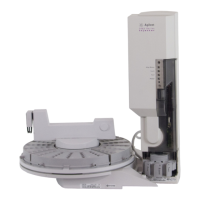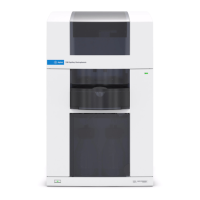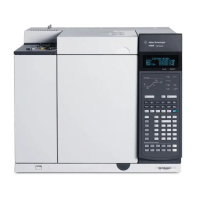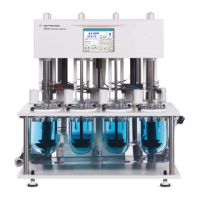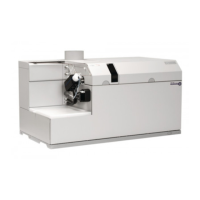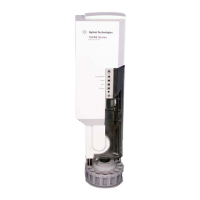18 Troubleshooting and Maintenance Manual
1 Introduction
Precautions to take to prevent an explosion
Many parts are dangerously hot
Many parts of the GC/MS operate at temperatures high enough to cause
serious burns. These parts include, but are not limited to the:
• Inlet
• Oven and its contents
• Valve box
• Column nuts attaching the column to an inlet or detector
• Foreline pump
• GC/MS transfer line
Always cool these areas of the system to room temperature before working on
them. They will cool faster if you first set the temperature of the heated zone
to room temperature. Turn the zone off after it has reached the setpoint. If you
must perform maintenance on hot parts, use a wrench and wear gloves.
Whenever possible, cool the part of the instrument that you will be
maintaining before you begin working on it.
The use of hydrogen gas is specifically prohibited with this product.
You MUST make sure the top thumbscrew on the front analyzer side plate and the
top thumbscrew on the rear analyzer side plate are both fastened finger-tight. Do not
overtighten the thumbscrews; this can cause air leaks.
You MUST leave the collision cell chamber top plate shipping brackets fastened. Do
not remove the shipping brackets from the top plate for normal operation; they
secure the top plate in the event of an explosion.
Failure to secure your MS as described above greatly increases the chance of
personal injury in the event of an explosion.
